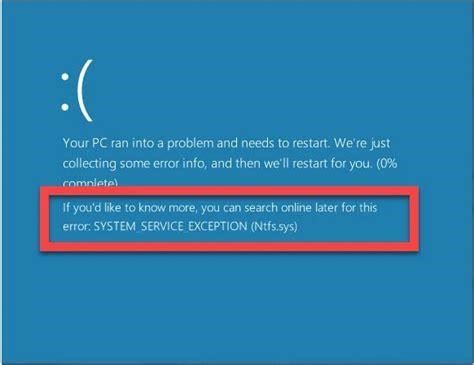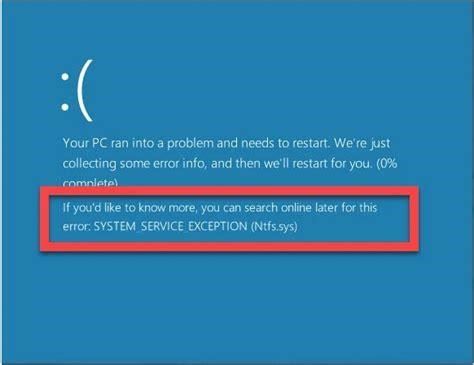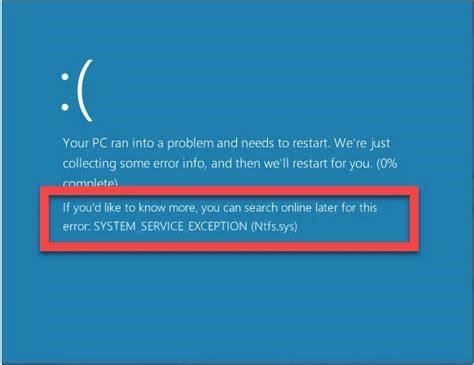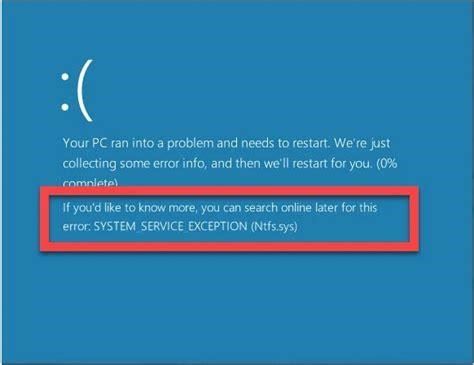Getting Windows WiFi Working After a Power Outage
As we become ever more reliant on the internet for work, entertainment, and communication, few things are more frustrating than losing connectivity. A brief power outage can knock out your WiFi, leaving you adrift. Fortunately, with a few troubleshooting steps, we can often get Windows WiFi working again quickly.
Try a Power Reset
Our first move should be a simple power reset. This clears any glitches from the temporary power loss. Shut down the PC completely by long-pressing the power button. Unplug the power cable from the wall and wait 30 seconds before reconnecting it.
When we restart the computer, Windows will reload any drivers and re-establish network connectivity. This should restore the WiFi in many cases.
Reset Network Settings
If a power reset doesn’t do the trick, resetting network components is the next logical step. Open the Windows search bar and type "Network reset." Choose the Network reset option.
This will remove any network adapters and reset all settings to default. After restarting, the network drivers reinstall automatically with clean settings. With luck, this clears any software-related problems from the outage.
Check WiFi and Ethernet Status
We should also open Settings and directly check the status of Ethernet and WiFi. Navigate to Network & Internet > Status. This screen displays connectivity info. If the WiFi switch is somehow toggled off, turn it back on.
Take a look at the Ethernet details too. If Windows detects a phantom "unplugged" Ethernet cable, it may override WiFi — even if we never use Ethernet. Removing the false Ethernet connection can allow WiFi to activate normally again.
Update Network Driver
If the network adapter itself is glitching, updating its driver can help. Open Device Manager under System in Settings. Find your WiFi adapter under Network adapters and select Update driver.
This fetches the latest driver version directly from the manufacturer. Install it and restart the PC. The fresh driver code could resolve any corruption or incompatibility.
Uninstall/Reinstall Network Adapter
Failing that, completely removing then reinstalling the network adapter is the next step. In Device Manager, find the WiFi adapter, right-click it, and select Uninstall device.
Check the box to delete the driver software too. After restarting, Windows automatically reinstalls the adapter and downloads the right driver for your hardware. This wipes any lingering oddities.
Use Network Troubleshooter
Windows includes an automated network troubleshooter that can diagnose and correct all sorts of issues. Open Settings to Network & Internet > Status > Network troubleshooter. The troubleshooter runs through a series of tests and repairs to get connectivity up and running.
Reset Network Components
As a last resort, we can reset the network components themselves via Command Prompt. Launch it as Administrator and enter:
netsh winsock reset netsh int ip reset ipconfig /release ipconfig /renew ipconfig /flushdnsThis resets Winsock and the network adapter, releases and renews the IP, and flushes DNS. Combined, these commands can zap any stubborn network problems lingering after the outage.
Consult an Expert
If you still can’t get the WiFi working, there may be a fault in the network hardware itself. Some homes may experience wiring or router damage from spikes related to the power loss. Contact your ISP or a computer technician to inspect for any equipment issues.
With some diligent troubleshooting using these methods, we can usually revive Windows WiFi after an outage. Don’t hesitate to leverage the many tools at our disposal, from power cycling to driver updates. And when all else fails, an expert can track down any hardware-level causes. Stay persistent and you’ll be back online quickly.




